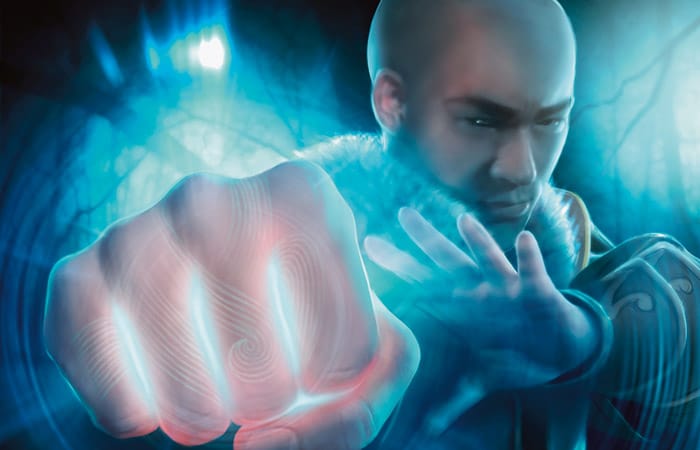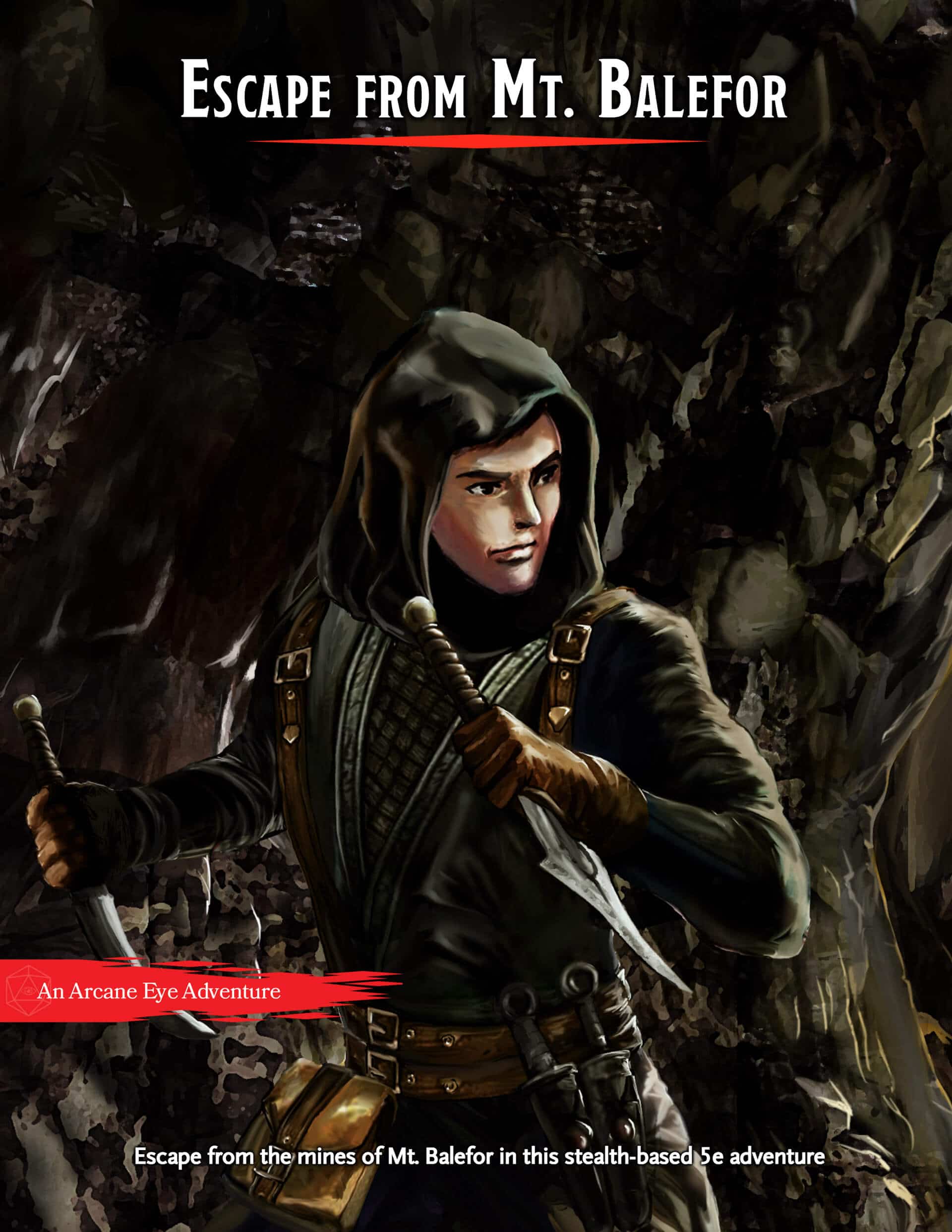Stunned 5e
Published on March 20, 2023, Last modified on December 27th, 2023
The stunned condition in D&D 5e can be a game-changer in battles, leaving characters helpless and vulnerable to attacks.

David Gaillet - Wizards of the Coast - David Gaillet
Table of Contents
Stunned in D&D
Stunned is a deadly condition in D&D that can leave a character incapacitated, unable to move or take actions. This potent ability can shift the tides of battle of an entire encounter in just one round. While it’s primarily used by high-level monsters, players have a number of ways to impose the condition, with one class having an entire class feature surrounding the condition.
In this article, we will explore what it means to be stunned in D&D, how the condition is applied, and the mechanics that affect it.
What is Stunned in 5e?
According to the Basic Rules, the stunned condition has a number of detrimental effects:
Stunned
- A stunned creature is incapacitated (see the condition), can’t move, and can speak only falteringly.
- The creature automatically fails Strength and Dexterity saving throws.
- Attack rolls against the creature have advantage.
Well, that sounds horrible. Let’s break these down:
First of all, being incapacitated means you can’t take actions or reactions (this includes bonus actions). It also means that a lot of your abilities won’t work. Things like concentration on spells, class features, and even some magic items will no longer work when you fall incapacitated. The stunned condition also explicitly states you cannot move or speak, and are unaware of your surroundings. This is the same effect as what the unconscious condition applies, though there are certain differences between the two.
Second, automatically failing STR and DEX saves can suck, DEX saves moreso than STR saves. If you’ve become stunned while fighting a spellcaster or dragon, you’ll automatically take full damage when you get hit with an area of effect attack like Breath Weapon or fireball. This can drastically reduce the time your character has to get unstunned.
The last downside of being stunned is attacks against you have advantage. This can further exacerbate your characters problems if you find yourself stunned during combat.
Stunned Vs. Unconscious
Stunned and unconscious are quite similar but have a couple of key differences:
- Creatures don’t automatically fall prone and drop what they’re holding when they are stunned.
- Attacks from creatures within 5 feet aren’t auto-crits on stunned creatures.
Other than that, the conditions are identical.
Mechanics That Affect Stunned
As we covered above, getting stunned is usually not a fun time. But, what other nasty things does this condition have in store?
Spellcasting
As we mentioned above, getting stunned means you become incapacitated. This means you’ll drop concentration on your spells if you succumb to the condition.
Falling Prone
Interestingly enough, you stay standing when you get stunned (as long as you were standing prior to getting stunned). If you would like to, you can fall prone without using any movement. This can be advantageous to get behind cover or to avoid ranged attacks. Unfortunately, because you can’t move, you can’t stand up from prone.
Flying
While being stunned doesn’t knock you prone, it still reduces your speed to 0, causing you to fall (unless you can hover).
How is the Stunned Condition Applied?
Being an extraordinarily powerful condition, there are only a couple ways players can impose this on their enemies. The most well-known way for players to stun creatures is the monk’s Stunning Strike. This ability can be triggered whenever they land an attack and only costs 1 ki point, making it the most economical way to stun creatures. Seeing as monks get a ton of attacks with their Extra Attacks and Flurry of Blows, compounded with the fact that Stunning Strike is available at 5th level, monks will stun a lot of creatures in their adventuring careers.
Class Features
- Monk – Stunning Strike
- College of Spirits bard – Tale of the Mind-Bender
- Soulknife rogue – Rend Mind
Spells
There are also ways for high-level spellcasters to impose the condition. Again, seeing as it’s so powerful, the weakest level spell slot that can stun a creature is 5th level with contagion:
- Contagion
- Power word stun
- Psychic scream
- Reality break
- Symbol
What a Stunning Condition
The stunned condition is a tough one for both players and DMs to handle. Seeing as it leaves creatures virtually helpless, a creature getting stunned can drastically sway a battle against the side that has essentially lost a fighter. Hopefully, the knowledge imparted in this article affords you a way to use the condition in your favor, rather than having it used against you.
Stunned 5e FAQs
How to break stun?
There are only a few ways you can break a stun effect in 5e. First, a powerful healing spell like power word heal or aura of purity can break the stunned condition. Other than that, you'll have to rely on a specific class feature, like the Way of Mercy monk's Physician’s Touch.
Are you stunned when you are unconcious?
While they have similar effects in 5e, you are not stunned when you're unconscious. Instead, you're incapacitated (which is also applied by the stunned condition, thus promoting confusion).
Can stunned creatures take a bonus action?
No. The stunned condition imposes the incapacitated condition, which says, 'An incapacitated creature can’t take actions or reactions.' When it says, 'An incapacitated creature can’t take actions' it means both regular actions and bonus actions.
Can a stunned creature be stunned again?
No. Apart from Exhaustion, conditions don't stack in D&D. If you're stunned, you can't get stunned again until you become unstunned first.
